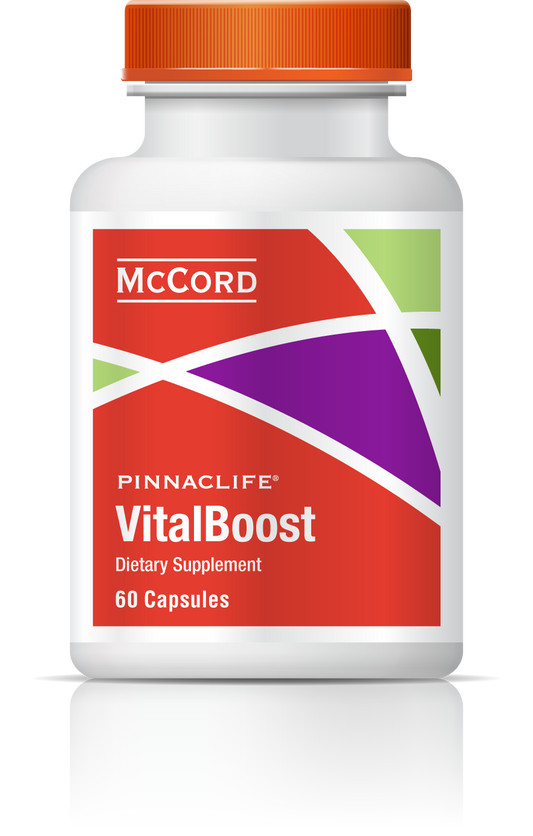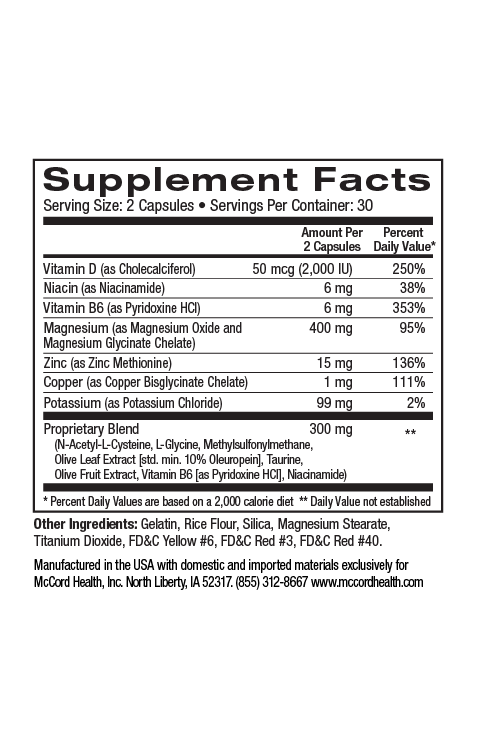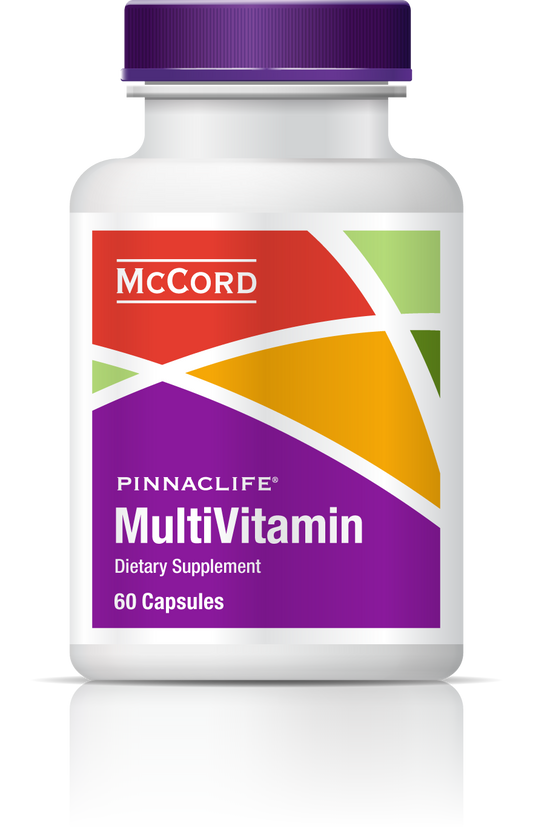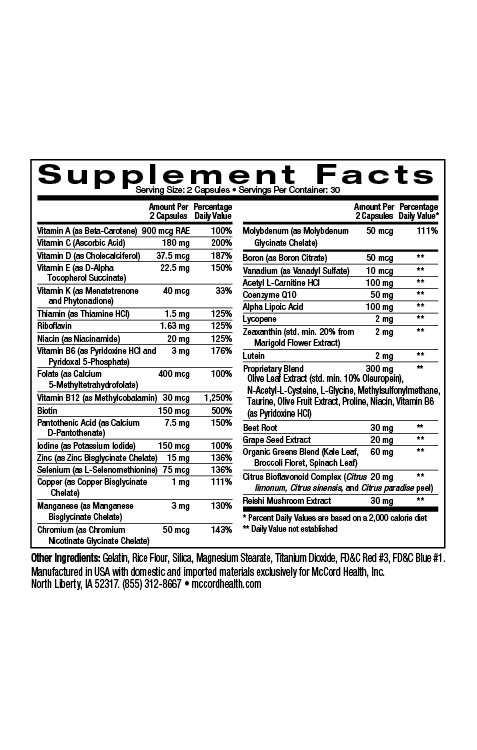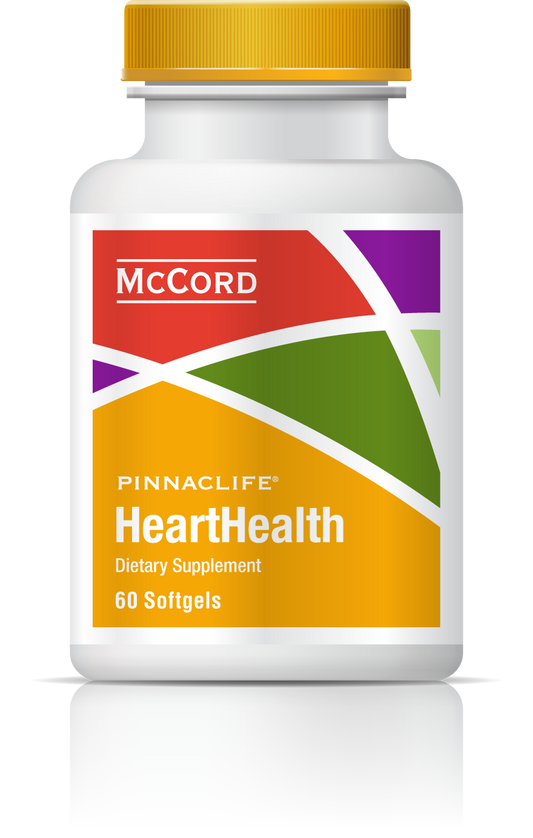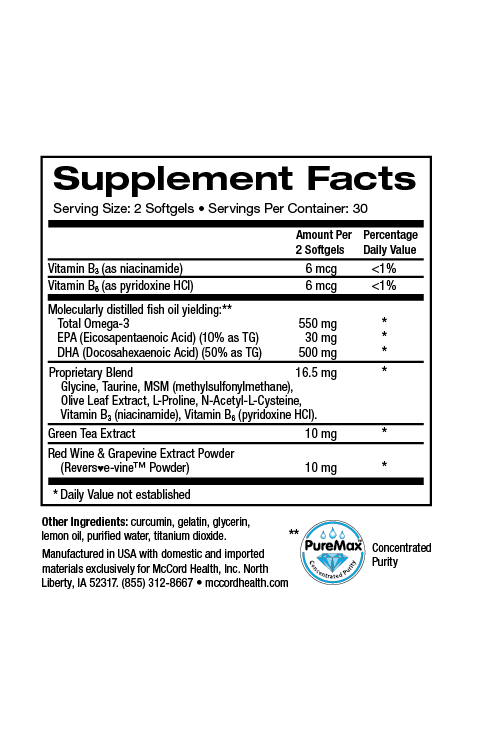What's the difference between prebiotics and probiotics and why would you choose one over the other? Are some prebiotic or probiotic foods and supplements better than others? Why is dietary fiber so important for overall health? How do probiotics impact inflammation and brain health?
Short Read
- There are good bacteria and bad bacteria that live in your gut
- The good bacteria (probiotics) help us and crowd out the bad bacteria that can hurt us
- We can support probiotic bacteria by feeding them the food they need - called prebiotics
- Too much junk food and not enough prebiotic foods shifts the balance to favor harmful bacteria instead of probiotics
- Incorporating more prebiotic foods like fiber is a cheap and effective way to support your healthy probiotic bacteria
Tell me More about Prebiotics and Probiotics!
Imagine that the surface of your intestines is a battlefield. There are two armies waging war – the good bacteria (probiotics) and the bad bacteria (pathogens). Obviously, we want the good bacteria to win this battle because they help us in a multitude of ways. For example, they help improve digestion and nutrient absorption, reduce inflammation, boost our immune systems, and protect us from harmful microbes.1,2 The pathogens, on the other hand, contribute to inflammation in the intestines and throughout the body. They also lead to poor digestion, leaky gut, ulcers, malnutrition, and a weakened immune system.
Support good probiotic bacteria and not the pathogens
In order to help the good probiotic bacteria win this battle, we simply give them the food they need to thrive so they can crowd out the bad guys. Luckily, probiotic bacteria and pathogens eat very different types of food and they respond quickly to the food they are given. In fact, you can change the balance of probiotics vs. pathogens in your intestines in as little as 24 hours simply by altering the type of food you eat.3
Prebiotic Fiber Feeds Healthy Probiotic Bacteria
The term “PREbiotic” refers to the food that “PRObiotics” eat - which is primarily dietary fiber found in plant-based foods. One of the reasons high fiber foods like fruits and vegetables are so healthy for us is that they provide prebiotic fiber for our healthy probiotic bacteria to eat.4 When the probiotics are fed well, they multiply quickly and crowd out the pathogenic bacteria that make us sick. The bad pathogenic bacteria tend to prefer simple sugars and other ingredients we tend to find in junk foods.
Don’t I get enough Fiber from my diet?
If you are like 97% of Americans then, no – you are not getting enough fiber. According to recent national surveys, less than 3% of the population meets their recommended daily fiber intake.5 Generally, you want to aim for at least 13 grams of fiber for every 1,000 calories you consume, so a 2,000 calorie diet would require at least 26 grams of fiber. Despite abundant knowledge about the benefits of fiber and fortification of food products, most of us are still falling short. While it would be great to get all of your daily fiber from your diet, we know that this is an ideal situation that is not possible for some people, so a fiber supplement may be required.
Is it better to use a Prebiotic or a Probiotic?
Think back to the image of a battlefield: consuming probiotic foods or supplements would be like sending more soldiers into the fight to replace those that have been lost. It can help to get the numbers up in a hurry, but it can be expensive and without the proper nourishment they will continuously need to be replaced.
Using a prebiotic fiber supplement, however, is like sending in supplies to support and strengthen the troops that are already there fighting. Essentially, using prebiotics allows you to grow and maintain a strong “army” of probiotics in your intestines, always on standby to take out any invading pathogens. Prebiotics make probiotics happy - and happy probiotics reproduce - so using a prebiotic also increases the size of your "army."
Consider price differences of probiotics and prebiotics
You should consider the cost difference between probiotics and prebiotics. Probiotic foods and supplements depend on having significant numbers (colony forming units, or CFU’s) of living bacteria that can make it through the digestive processes in the stomach and small intestines, all the way to the large intestine. Most of the probiotic supplements that have meaningful amounts of living bacteria in them are quite expensive with short shelf lives and often require refrigeration.
Probiotics and Prebiotics in Food
Probiotic foods like yogurt and naturally fermented foods (sauerkraut, kefir, pickles, kimchi) tend to provide such small amounts of the beneficial bacteria that you would need to eat dozens of servings to make a significant impact – this is not necessarily an efficient strategy for most people. On the other hand, prebiotic fiber does not contain or need to contain any living bacteria in the product itself to be effective, so they cost less, last longer, and can better tolerate being incorporated into foods when compared to probiotics.
Using probiotics and prebiotics with antibiotics
Now, let’s say you were just on a prescription antibiotic because you were sick. There’s a good chance that the antibiotic altered the balance of good and bad bacteria in your intestines by killing off both good and bad bacteria. This is one reason why antibiotics can cause diarrhea for a lot of people.6
Prebiotics can certainly help the good bacteria recover and should be used, but this might also be an appropriate time to consider “sending in more troops” by adding a high-quality probiotic to get your numbers back up as quickly as possible.6 But for the long-term maintenance of that healthy probiotic bacteria you will need to be feeding them with the Prebiotic Fiber that sustains them. At the end of the day, it is more economical to maintain your healthy gut bacteria with a prebiotic and save the expensive probiotics for specific situations like using antibiotics.
Is all dietary fiber prebiotic?
Not all fibers are the same when it comes to supporting healthy gut bacteria.
Soluble fiber provides a better food source for bacteria than insoluble fiber, like psyllium husk, which is used more for its bulk-forming properties to promote bowel movements.7 Supplements with insoluble fiber generally don’t taste very good and have texture issues, so they tend to be incorporated into products with a lot of added sugars and flavors. In fact, many contain more sugar than fiber, which would do more to support the pathogens than the probiotics.
Polyethylene glycol is not the same as fiber
Products that use polyethelyne glycol, such as Miralax®, are actually osmotic laxatives and do not contain fiber at all. People sometimes assume that this type of product contains fiber because they are usually found near fiber supplements in stores and pharmacies - but this is not the case.
What's the difference between various prebiotic fibers?
Some prebiotics like inulin (found in chicory) and fructooligosaccharides (FOS) do not tolerate heat or acidity very well and break down into simple sugars when they are incorporated in foods or exposed to stomach acid.8 They also tend to be digested very quickly by intestinal bacteria, meaning they can cause gas and bloating with servings as low as 3 grams.9,10
Flavorless, unsweetened, soluble prebiotic fiber with less gas and bloating
In comparison, the non-GMO digestion-resistant soluble vegetable fiber used in Proprietary Blend DigestiveHealth is heat and acid stable and gets digested slowly by the bacteria so you can consume more than 11 grams of fiber per serving without the gas and bloating.11,10 It is flavorless soluble fiber without any added sugars, sweeteners or flavorings so it can be easily and unnoticeably added into your favorite food and drinks – you can even bake with it!
Basically any food or drink that can be stirred can have Proprietary BlendDigestiveHealth added to it to boost the fiber content while also supporting healthy probiotic bacteria. Thankfully, this is all done without altering the flavor, appearance, or texture of the food or drink it is mixed in. Furthermore, you get the added antioxidant support from McCord Research's patented Proprietary Blend!
References
- Douglas LC, Sanders ME. Probiotics and prebiotics in dietetics practice. J Am Diet Assoc. 2008;108(3):510-521.
- Petschow B, Doré J, Hibberd P, et al. Probiotics, prebiotics, and the host microbiome: the science of translation. Ann N Y Acad Sci. 2013;1306:1-17.
- David LA, Maurice CF, Carmody RN, et al. Diet rapidly and reproducibly alters the human gut microbiome. Nature. 2014;505(7484):559-563.
- Boeing H, Bechthold A, Bub A, et al. Critical review: vegetables and fruit in the prevention of chronic diseases. Eur J Nutr. 2012;51(6):637-663.
- Clemens R, Kranz S, Mobley AR, et al. Filling America’s fiber intake gap: summary of a roundtable to probe realistic solutions with a focus on grain-based foods. J Nutr. 2012;142(7):1390S-401S.
- Issa I, Moucari R. Probiotics for antibiotic-associated diarrhea: Do we have a verdict? World J Gastroenterol. 2014;20(47):17788-17795.
- Pylkas AM, Juneja LR, Slavin JL. Comparison of Different Fibers for In Vitro Production of Short Chain Fatty Acids by Intestinal Microflora. J Med Food. 2005;8(1):113-116.
- Huebner J, Wehling RL, Parkhurst A, Hutkins RW. Effect of processing conditions on the prebiotic activity of commercial prebiotics. Int Dairy J. 2008;18(3):287-293.
- Laurentin A, Edwards C a. Differential fermentation of glucose-based carbohydrates in vitro by human faecal bacteria--a study of pyrodextrinised starches from different sources. Eur J Nutr. 2004;43(3):183-189.
- Kishimoto Y, Kanahori S, Sakano K, Ebihara S. The maximum single dose of resistant maltodextrin that does not cause diarrhea in humans. J Nutr Sci Vitaminol (Tokyo). 2013;59(4):352-357.
- Goda T, Kajiya Y, Suruga K, Tagami H, Livesey G. Availability, fermentability, and energy value of resistant maltodextrin: modeling of short-term indirect calorimetric measurements in healthy adults. Am J Clin Nutr. 2006;83(6):1321-1330.
Disclaimer: These statements have not been reviewed by the FDA. These products are dietary supplements and are not intended to treat, cure, or prevent any disease. The decision to use these products should be discussed with a trusted healthcare provider. The authors and the publisher of this work have made every effort to use sources believed to be reliable to provide information that is accurate and compatible with the standards generally accepted at the time of publication. The authors and the publisher shall not be liable for any special, consequential, or exemplary damages resulting, in whole or in part, from the readers’ use of, or reliance on, the information contained in this article. The publisher has no responsibility for the persistence or accuracy of URLs for external or third party Internet websites referred to in this publication and does not guarantee that any content on such websites is, or will remain, accurate or appropriate.

